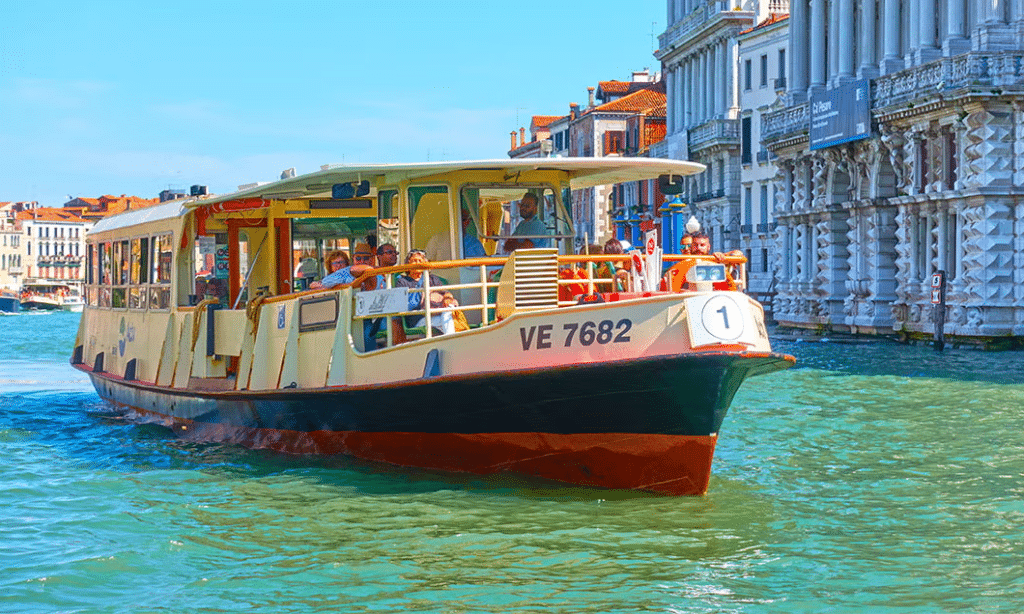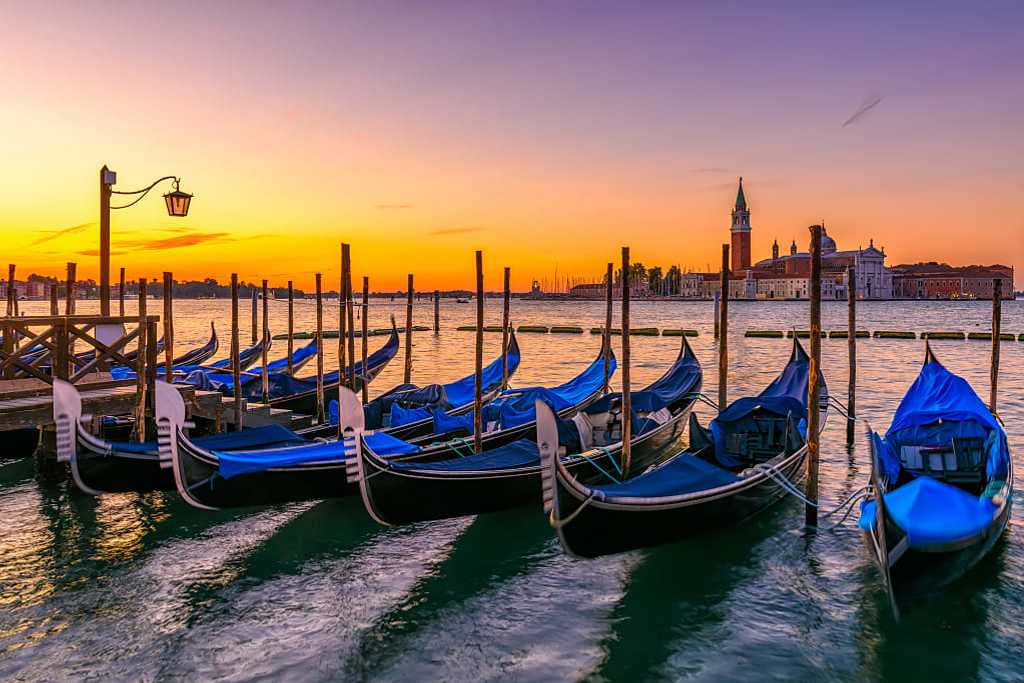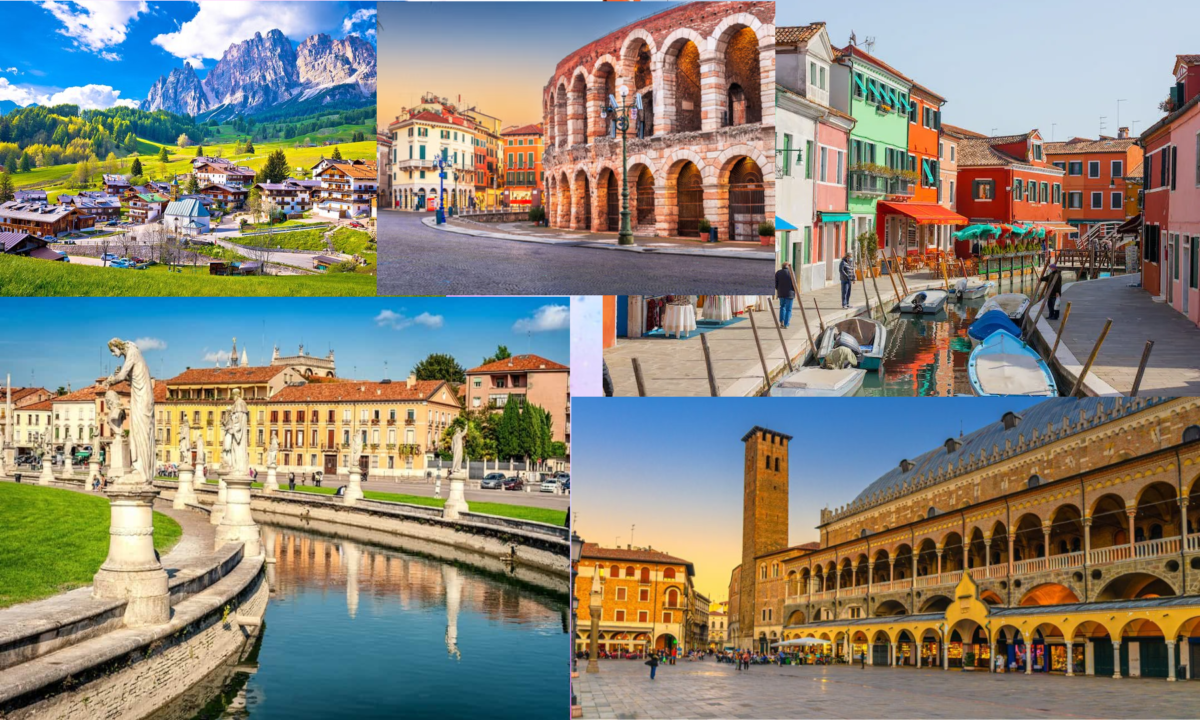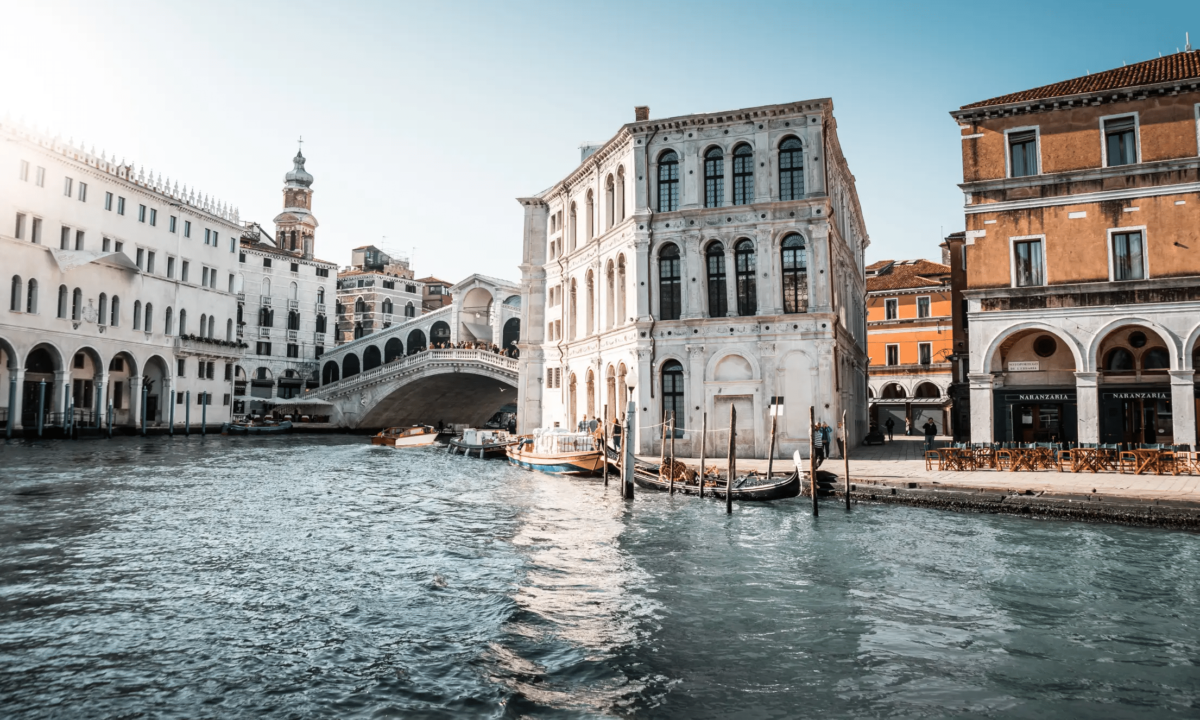In this article, we will talk about Transport in Venice (public and private transport). Furthermore, we will reveal how to get into the city and move around Venice. And lastly, we will tell you some valuable tips on what to do and what not to do. So, if you want to know more, please stay with us.

©introducingvenice.com
Our website includes affiliate links. So, remember that we may receive commissions when you click our links and make purchases. Please read our legal disclaimer document for more information about our Affiliate disclaimer and other disclaimers like the Fair-Use disclaimer.
Introduction of the Transport in Venice
Venice is a unique city accessible by land, air, or sea. Therefore, you can reach it by boat, train, or car. Once there, you can enjoy a slower pace by walking or sailing. The most common means of transportation are the train, vaporetto, and water taxi. A boat trip to discover the islands is a must-do activity.
How to get to Venice
Venice cannot be explored by car due to its unique transport infrastructure. However, there are several ways to get to the city, such as by plane, train, bus, car, and boat. Here are the ways to get to Venice.
By air
Marco Polo Airport of Tessera (Venice)
Marco Polo is the primary airport in Venice, located 12 km from the city. It operates national, international, and intercontinental routes. To reach the city center, take the shuttle service operated by ATVO, which takes 20 minutes to get to the Piazzale Roma. Bus tickets cost €8 one-way and €15 return, and you can purchase them online. Remember to scan the QR code on your ticket or stamp traditional tickets before boarding. Taxis cost around 35 Euros to reach Venice Mestre train station and 40 Euros to reach Piazzale Roma (Venice S.Lucia train station).
Treviso Antonio Canova Airport
Antonio Canova Airport is located 30 km away from Venice but has good motorway and shuttle connections. Previously known as “Sant’Angelo di Treviso,” it was renamed in 2007 in honor of the famous Treviso architect and sculptor. To get to Venice-Mestre, take the MOM Line 6 city buses to reach the Treviso train station and then a regional train. Alternatively, a daily ATVO shuttle connects the airport to Piazzale Roma (Venice train station). If you prefer a taxi, the approximate cost from Treviso airport to Piazzale Roma (Venice S.Lucia train station) is 76 Euros.
By land
By train
All trains to Venice arrive at Santa Lucia Train Station. It receives 30 million passengers and 450 trains per day. Mestre station is an alternative, located on the mainland and receiving around 500 daily trains. Visit Grandi Stazioni to learn more about the stations and Trenitalia to find the most convenient train connections, ticket prices, and bus connections.
By bus
Although motorized road transport is forbidden in Venice, it is possible to reach La Serenissima by bus. While traveling to Venice by bus is only one of the popular options, it is still a viable solution. The main bus terminal for national and international bus trips is in Piazzale Roma, situated at the Venetian end of Ponte della Libertà. This bridge extends Via della Libertà, a road connecting directly to the A4, Autostrada Padova-Venezia.
Once you arrive at Piazzale Roma, you will need to use other means of transportation, such as water taxis, to explore Venice in depth.
Venice Mestre Station and Venice Santa Lucia Station
The fastest and cheapest way to reach Venice is by train. Venezia Mestre station, a critical railway junction, offers high-speed and regional train services and is just a 10-minute ride from Venice Santa Lucia station. The Agatha Christie narrated Orient Express also departs from this station.
By train: High-speed trains are operated by Trenitalia and Italo, regional trains by Trenitalia, and by the DB and ÖBB rail services, the German and Austrian railway lines.
By Bus: Urban and suburban buses ACTV (Azienda del Consorzio Trasporti Veneziano), Sita, and Flixbus.
By car
Driving to Venice is inconvenient since motorized road traffic is prohibited inside the city. Visitors must park their cars in one of the car parks in Piazzale Roma, which is expensive. ASM Venezia manages three garages in the city and other car parks in Mestre. The San Giuliano Garage stands near the mainland end of Ponte della Liberta.
By sea
The Port of Venice is one of the largest marinas in the Mediterranean Sea, catering to both shipping and passenger transport. It serves as a vital tourist platform for Venice. It is connected to various destinations by ferryboat, cruise, and high-speed vessels. These destinations include cities in Croatia and Slovenia, such as Albona, Pirano, Pola, Umago, Rovigno, and Lussino, and countries like Egypt, Syria, and Greece.

©zicasso.com
How to get around Venice
Venice offers various transport options such as walking, Vaporetto (water taxi), or a gondola ride. The ACTV runs land and suburban buses. Vaporetto is the most convenient option and stops at all major attractions. The combined ticket is the most suitable for a few days’ stay. Venice Tourist Board organizes guided tours with discounts for seniors and young people.
By Vaporetto
Vaporetto is a crucial mode of transport in Venice, with frequent boats covering the entire city. ACTV Vaporetto lines 1 and 2 cross the Grand and Giudecca Canal. Ticket prices start at 20 euros for 24-hour access to buses and Vaporettos. Note that the ticket price does not include rides to and from the airport.
By bus
ACTV buses provide transportation to the gates of the historic center of Venice and the surrounding areas.
The price of a single bus ticket is €1.50, valid for 75 minutes from validation. You can purchase the ticket either from physical or electronic ticket offices.
By motorbike taxi
Water taxis in Venice offer fast and reliable service from all main lagoon access points. They may be more expensive but are worth the cost for their speed and convenience, quickly getting you to any part of the city.
Gondola
Gondolas are mainly for sightseeing and exploring narrow canals. They don’t take you directly from one point to another and return to their boarding station after a ride.
When to Go to Venice
Venice’s peak travel months are April, May, June, September, and October. Late spring and autumn are the best times to visit Venice. In winter, you can enjoy the city covered in snow. Spring offers ideal weather. Summer is vibrant but crowded, with occasional unpleasant smells. Autumn is an excellent option for travelers who prefer to avoid summer crowds.
Final words on the transport in Venice
Firstly, prices constantly change, so they may need to be validated when you read this guide. Secondly, please visit Venice’s official tourist board for updated prices and schedules. And now, we’d like to hear the word from you. Where did you stay in Venice, how did you get in Venice, and how did you move around Venice?
Take a look at
References and sources:
Photo credits:
Feature photo credits: capozzoinn.com



